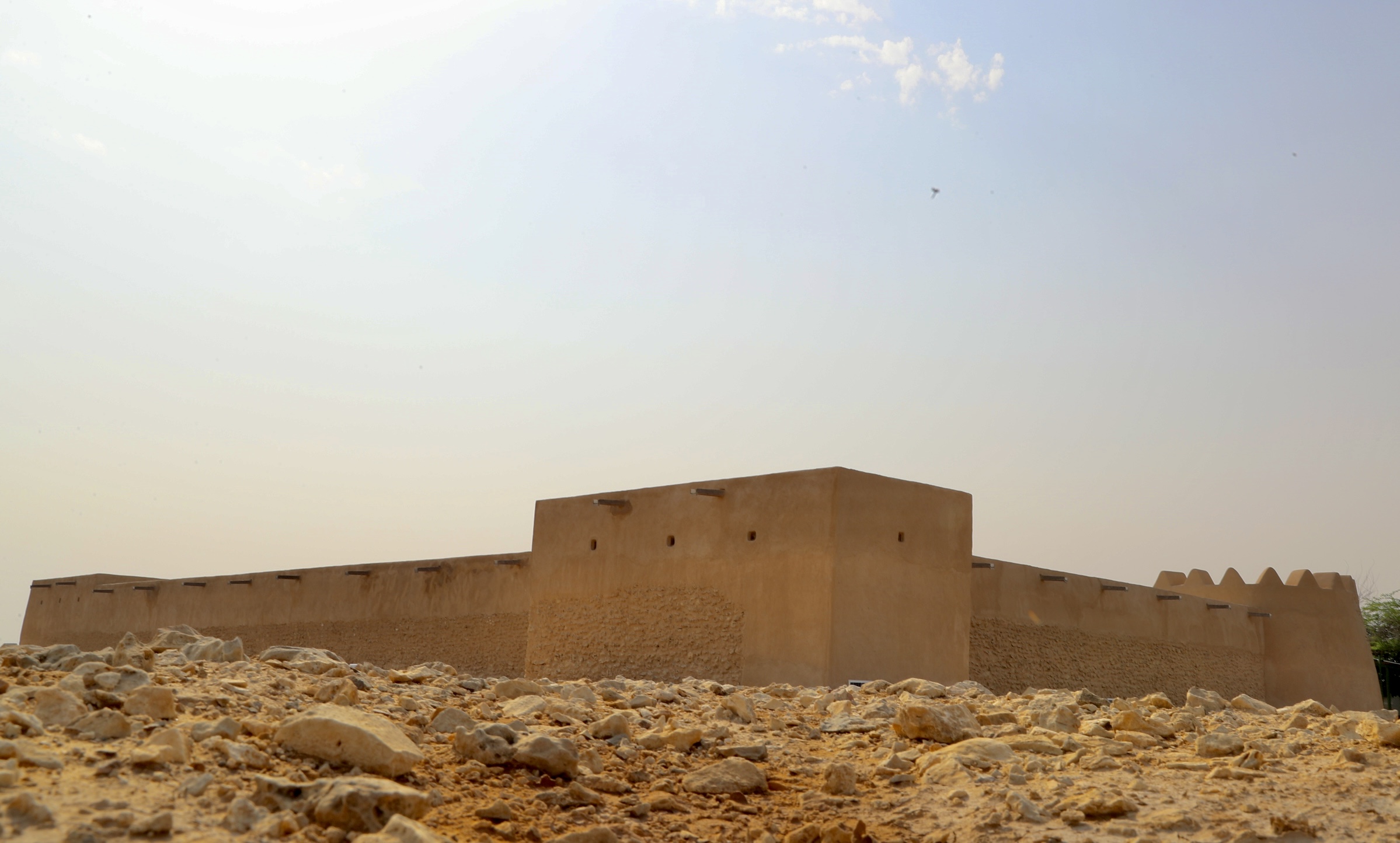The restoration process took place between October 2020 and September 2021, successfully bringing back lighting to the site through solar power.
The newly-restored Al Rekayat fort is ready to receive visitors following a restoration project that started in 2020, Qatar’s state news agency (QNA) reported on Tuesday.
Speaking to QNA in an exclusive tour, Adel Al Moslamani, Director of Qatar Museums (QM) Cultural Heritage Conservation, said the fort is can soon be added to itineraries for tourists looking to learn more about Qatar’s rich heritage.
Al Moslamani also revealed that events can be hosted inside the heritage site, which dates back to between the 17th and 19th centuries. It is one of the oldest and most important desert architecture sites in the country.
While Al Rekayat was previously renovated in the 1980’s along with other sites, it later faced damage as a result of an environmental toll on its infrastructure.
QM announced in February that it finalised the restoration project of the historic fort in the northeast region of Qatar.
Al Rekayat, translating to “well” in Arabic, is able to take tourists back in time through Qatar’s culture. The name is derived from its ability to protect water sources in the past, as it has a well located inside it.
The restoration process took place between October 2020 and September 2021, successfully bringing back lighting to the site through solar power. The use of renewable energy comes as part of efforts to ensure that the fort can also light up at night without the need for an electric current.
According to QNA, the roof was restored using the local Qatari building style and components used in the past, including Dongal, Basjeel, Mangror as well as old stones.
Qatar’s heritage sites
Al Rekayat is among three Qatari heritage sites Islamic Educational, Scientific and Cultural Organization (ISESCO). The other sites include the Barzan Towers and Al Khulaifi Heritage House.
QM’s restoration efforts come ahead of the 2022 FIFA World Cup, where at least 1.5 million visitors are expected to flock to the country, some for the first time. It also falls under Qatar’s National Vision 2030.
Al Zubarah is among Qatar’s most important heritage sites and was listed as part of UNESCO’s World Heritage sites in 2013.
The Al Zubarah Fort was built in 1938 and is located beside other archaeological remains that date back to the 1760’s.
Qatar has led various initiatives to introduce the public and tourists to its rich heritage and culture.
In March, QM hosts the annual “Marchitecture” programme, centred on the country’s architecture and the symbolism each present-day design holds.







